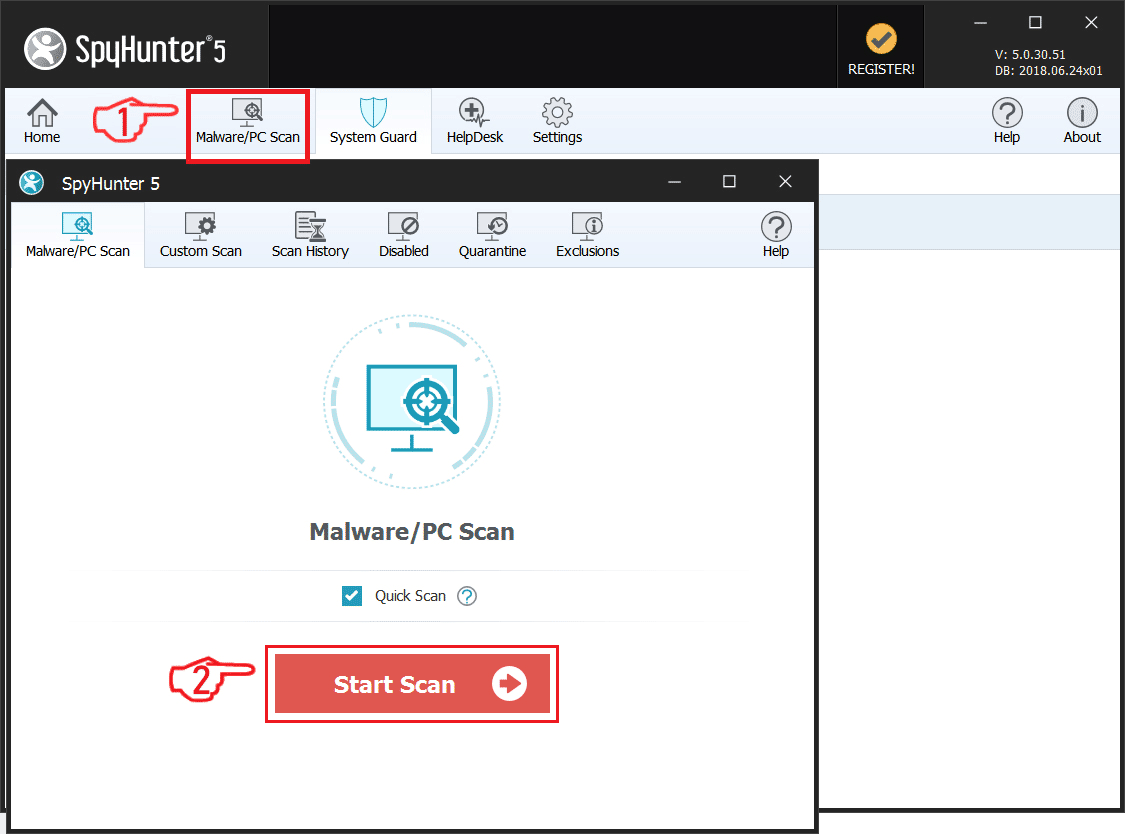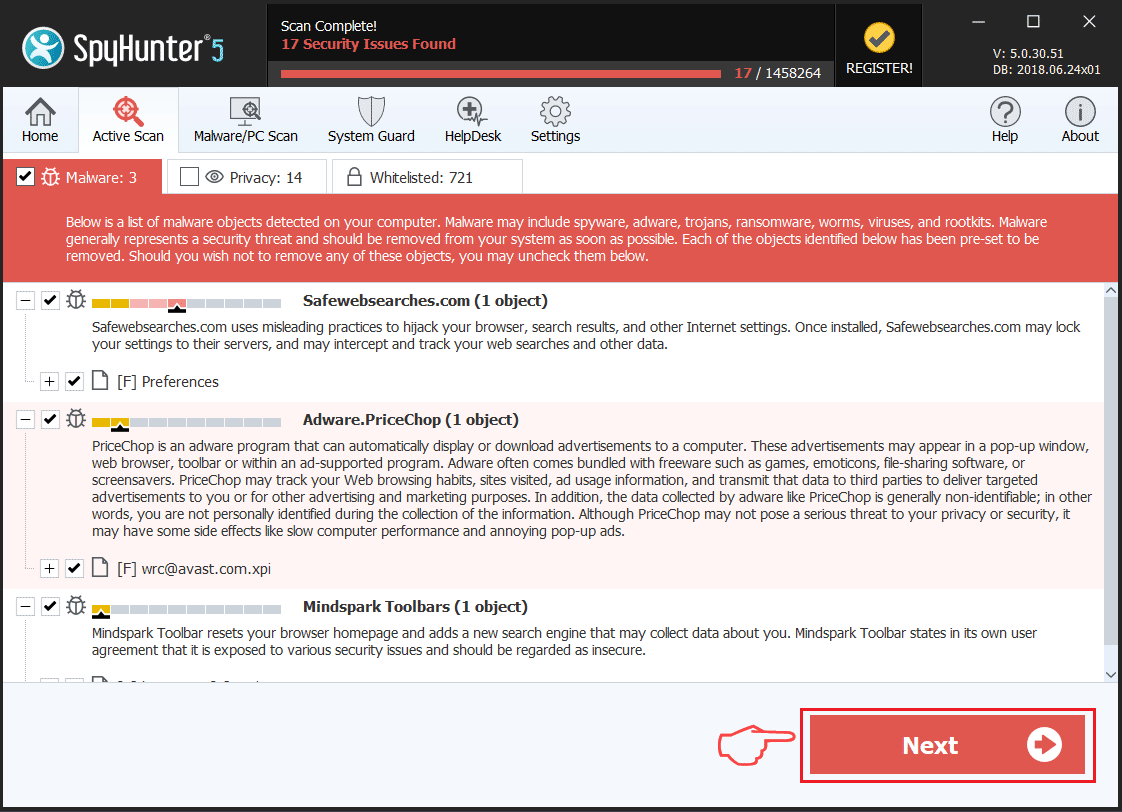The Redaman Trojan is a dangerous weapon used against computer users worldwide. It infects mainly via infected software installers. Our article gives an overview of its behavior according to the collected samples and available reports, also it may be helpful in attempting to remove the virus.

Threat Summary
| Name | Redaman Trojan |
| Type | Trojan |
| Short Description | The Redaman Trojan is a computer virus that is designed to silently infiltrate computer systems. |
| Symptoms | The victims may not experience any apparent symptoms of infection. |
| Distribution Method | Software Vulnerabilities, Freeware Installations, Bundled Packages, Scripts and others. |
| Detection Tool |
See If Your System Has Been Affected by malware
Download
Malware Removal Tool
|
| User Experience | Join Our Forum to Discuss Redaman Trojan. |

Redaman Trojan – Distribution Methods
The Redaman Trojan is a newly discovered malware which is currently being distributed by an unknown hacker collective. The ongoing campaign uses a familiar tactic of sending out archived files that once interacted with will lead to the infection.
There are many ways that such files can be delivered to the target victims, here are the most common ones:
- Email Phishing Messages — The bulk of the related Trojans are sent via email SPAM campaigns that attempt to confuse the recipients into thinking that they have received a legitimate notification from a well-known service, product or company. They are modeled after the real messages and may include the same design elements and text contents. The associated Redaman Trojan files can be linked in the body contents or directly attached to the messages.
- Malicious Web Sites — The Redaman Trojan files can be uploaded to hacker-controlled web sites. They may be modeled after legitimate and well-known pages that computer users often search for — download portals, search engines, product landing pages and etc. Most of them are hosted on similar sounding domain names so that they can be visited by users that have misspelled the real one. Hacker-made or stolen security certificates can also be added to make them appear as safe sites.
- Malicious Documents — The archives can be linked in documents by inserting the relevant download and execution macros embedded in by the criminals. This strategy can be employed with all of the popular document types: text documents, spreadsheets, presentations and databases. Whenever they are opened by the users a prompt will appear asking them to enable the scripts in order to “correctly view” the files. This will trigger the Redaman Trojan.
- Dangerous Application Installers — The other method frequently employed by computer criminals is their ongoing creation of malicious application installer bundles. They are made by taking the legitimate files from their official download locations and modify them accordingly with the virus installation code. Usually popular software that are frequently downloaded by end users are targeted.
- Peer-to-Peer Networks — File-sharing networks such as BitTorrent are popular with users that spread both pirate and legitimate content.
- Malicious Web Browser Extensions — The hacker collective can create extensions for the most popular web browsers that lead to the Redaman Trojan infection. They are frequently uploaded to the relevant repositories using fake user reviews and developer credentials. The uploaded descriptions will promise the addition of new features and web browser optimization. However upon installation the default configuration settings will be replaced which will redirect the victims to a hacker-controlled page — this is the most common behavior. Alongside this the virus infection will follow.
Other methods can be employed in future versions as well.

Redaman Trojan – Detailed Description
The Redaman Trojan at the moment does not appear to contain any code snippets from previous malware. There is no information about the identity of the hackers, this sets out two highly possible hypotheses about its creation. The first one is that they are behind the development of the virus. The second one is that it is a custom order made on the dark underground markets. Once the samples are ready as per the hacker’s wishes the threat can be distributed via the attack campaigns.
At the moment the captured samples have been confirmed to establish a secure connection to a hacker-controlled server thus allowing the Redaman Trojan controllers to take over control of the machines, steal user data and spy on the victims in real-time.
We anticipate that the future versions of this malware will include expanded functionality as seen on other similar threats. They will usually begin with a data harvesting component. Most of the Trojans will do this in order to generate an unique ID that is assigned to each compromised computer. This is done by running an algorithm that takes its input parameters from strings like the parts list of the available hardware components, user settings and operating system environment values. Additionally some of the advanced Trojans use this engine in order to expose the identities of the victim users by searching for strings like their name, address, phone number, interests and stored account credentials (combinations of user names, email addresses and passwords). By interacting with the Windows Volume Manager the Redaman Trojan can access removable storage devices and network shares as well.
The harvested information about the system can be used by another module which can bypass installed security software. This is done by searching for engines of anti-virus products, firewalls, virtual machine hosts and intrusion detection systems. They can be disabled or completely removed.
When the malicious engine has acquired control of the infected machine it will proceed with changes that can alter all important areas of the operating system. A list of the common malicious actions includes the following:
- Windows Registry Changes — The virus engine can create entries for itself in the Windows Registry as well as modify existing ones. This is very dangerous as modifications to entries that are actively used by the operating system can lead to severe performance and stability problems. When the modifications reflect Registry values that belong to the third-party installed applications this may being forth unexpected errors.
- Boot Options Modifications — The Redaman Trojan can configure itself as a persistent threat which will automatically start once the computer is powered on. It may also disable access to the boot recovery menus which will also make most manual recovery instructions non-working as they depend on access to them.
- Data Removal — The engine can be programmed to identify and remove sensitive data such as System Restore Points, Restore Points and Backups. When this steps has been activated by the Redaman Trojan the victims will need to use a combination of an anti-spyware solution and data recovery software.
The majority of related Trojans are programmed to install other malware threats such as cryptocurrency miners and hijackers once all prior modules have completed running. The reason for this is because the Redaman might have already removed the found security installed and that the payloads can unfold all of their actions without any trouble.

Remove Redaman Trojan
If your computer system got infected with the Redaman Trojan, you should have a bit of experience in removing malware. You should get rid of this Trojan as quickly as possible before it can have the chance to spread further and infect other computers. You should remove the Trojan and follow the step-by-step instructions guide provided below.
Note! Your computer system may be affected by Redaman Trojan and other threats.
Scan Your PC with SpyHunter
SpyHunter is a powerful malware removal tool designed to help users with in-depth system security analysis, detection and removal of Redaman Trojan.
Keep in mind, that SpyHunter’s scanner is only for malware detection. If SpyHunter detects malware on your PC, you will need to purchase SpyHunter’s malware removal tool to remove the malware threats. Read our SpyHunter 5 review. Click on the corresponding links to check SpyHunter’s EULA, Privacy Policy and Threat Assessment Criteria.
To remove Redaman Trojan follow these steps:
Use SpyHunter to scan for malware and unwanted programs
Preparation before removing Redaman Trojan.
Before starting the actual removal process, we recommend that you do the following preparation steps.
- Make sure you have these instructions always open and in front of your eyes.
- Do a backup of all of your files, even if they could be damaged. You should back up your data with a cloud backup solution and insure your files against any type of loss, even from the most severe threats.
- Be patient as this could take a while.
- Scan for Malware
- Fix Registries
- Remove Virus Files
Step 1: Scan for Redaman Trojan with SpyHunter Anti-Malware Tool



Step 2: Clean any registries, created by Redaman Trojan on your computer.
The usually targeted registries of Windows machines are the following:
- HKEY_LOCAL_MACHINE\Software\Microsoft\Windows\CurrentVersion\Run
- HKEY_CURRENT_USER\Software\Microsoft\Windows\CurrentVersion\Run
- HKEY_LOCAL_MACHINE\Software\Microsoft\Windows\CurrentVersion\RunOnce
- HKEY_CURRENT_USER\Software\Microsoft\Windows\CurrentVersion\RunOnce
You can access them by opening the Windows registry editor and deleting any values, created by Redaman Trojan there. This can happen by following the steps underneath:


 Tip: To find a virus-created value, you can right-click on it and click "Modify" to see which file it is set to run. If this is the virus file location, remove the value.
Tip: To find a virus-created value, you can right-click on it and click "Modify" to see which file it is set to run. If this is the virus file location, remove the value.Step 3: Find virus files created by Redaman Trojan on your PC.
1.For Windows 8, 8.1 and 10.
For Newer Windows Operating Systems
1: On your keyboard press + R and write explorer.exe in the Run text box and then click on the Ok button.

2: Click on your PC from the quick access bar. This is usually an icon with a monitor and its name is either “My Computer”, “My PC” or “This PC” or whatever you have named it.

3: Navigate to the search box in the top-right of your PC's screen and type “fileextension:” and after which type the file extension. If you are looking for malicious executables, an example may be "fileextension:exe". After doing that, leave a space and type the file name you believe the malware has created. Here is how it may appear if your file has been found:

N.B. We recommend to wait for the green loading bar in the navigation box to fill up in case the PC is looking for the file and hasn't found it yet.
2.For Windows XP, Vista, and 7.
For Older Windows Operating Systems
In older Windows OS's the conventional approach should be the effective one:
1: Click on the Start Menu icon (usually on your bottom-left) and then choose the Search preference.

2: After the search window appears, choose More Advanced Options from the search assistant box. Another way is by clicking on All Files and Folders.

3: After that type the name of the file you are looking for and click on the Search button. This might take some time after which results will appear. If you have found the malicious file, you may copy or open its location by right-clicking on it.
Now you should be able to discover any file on Windows as long as it is on your hard drive and is not concealed via special software.
Redaman Trojan FAQ
What Does Redaman Trojan Trojan Do?
The Redaman Trojan Trojan is a malicious computer program designed to disrupt, damage, or gain unauthorized access to a computer system.
It can be used to steal sensitive data, gain control over a system, or launch other malicious activities.
Can Trojans Steal Passwords?
Yes, Trojans, like Redaman Trojan, can steal passwords. These malicious programs are designed to gain access to a user's computer, spy on victims and steal sensitive information such as banking details and passwords.
Can Redaman Trojan Trojan Hide Itself?
Yes, it can. A Trojan can use various techniques to mask itself, including rootkits, encryption, and obfuscation, to hide from security scanners and evade detection.
Can a Trojan be Removed by Factory Reset?
Yes, a Trojan can be removed by factory resetting your device. This is because it will restore the device to its original state, eliminating any malicious software that may have been installed. Bear in mind, that there are more sophisticated Trojans, that leave backdoors and reinfect even after factory reset.
Can Redaman Trojan Trojan Infect WiFi?
Yes, it is possible for a Trojan to infect WiFi networks. When a user connects to the infected network, the Trojan can spread to other connected devices and can access sensitive information on the network.
Can Trojans Be Deleted?
Yes, Trojans can be deleted. This is typically done by running a powerful anti-virus or anti-malware program that is designed to detect and remove malicious files. In some cases, manual deletion of the Trojan may also be necessary.
Can Trojans Steal Files?
Yes, Trojans can steal files if they are installed on a computer. This is done by allowing the malware author or user to gain access to the computer and then steal the files stored on it.
Which Anti-Malware Can Remove Trojans?
Anti-malware programs such as SpyHunter are capable of scanning for and removing Trojans from your computer. It is important to keep your anti-malware up to date and regularly scan your system for any malicious software.
Can Trojans Infect USB?
Yes, Trojans can infect USB devices. USB Trojans typically spread through malicious files downloaded from the internet or shared via email, allowing the hacker to gain access to a user's confidential data.
About the Redaman Trojan Research
The content we publish on SensorsTechForum.com, this Redaman Trojan how-to removal guide included, is the outcome of extensive research, hard work and our team’s devotion to help you remove the specific trojan problem.
How did we conduct the research on Redaman Trojan?
Please note that our research is based on an independent investigation. We are in contact with independent security researchers, thanks to which we receive daily updates on the latest malware definitions, including the various types of trojans (backdoor, downloader, infostealer, ransom, etc.)
Furthermore, the research behind the Redaman Trojan threat is backed with VirusTotal.
To better understand the threat posed by trojans, please refer to the following articles which provide knowledgeable details.













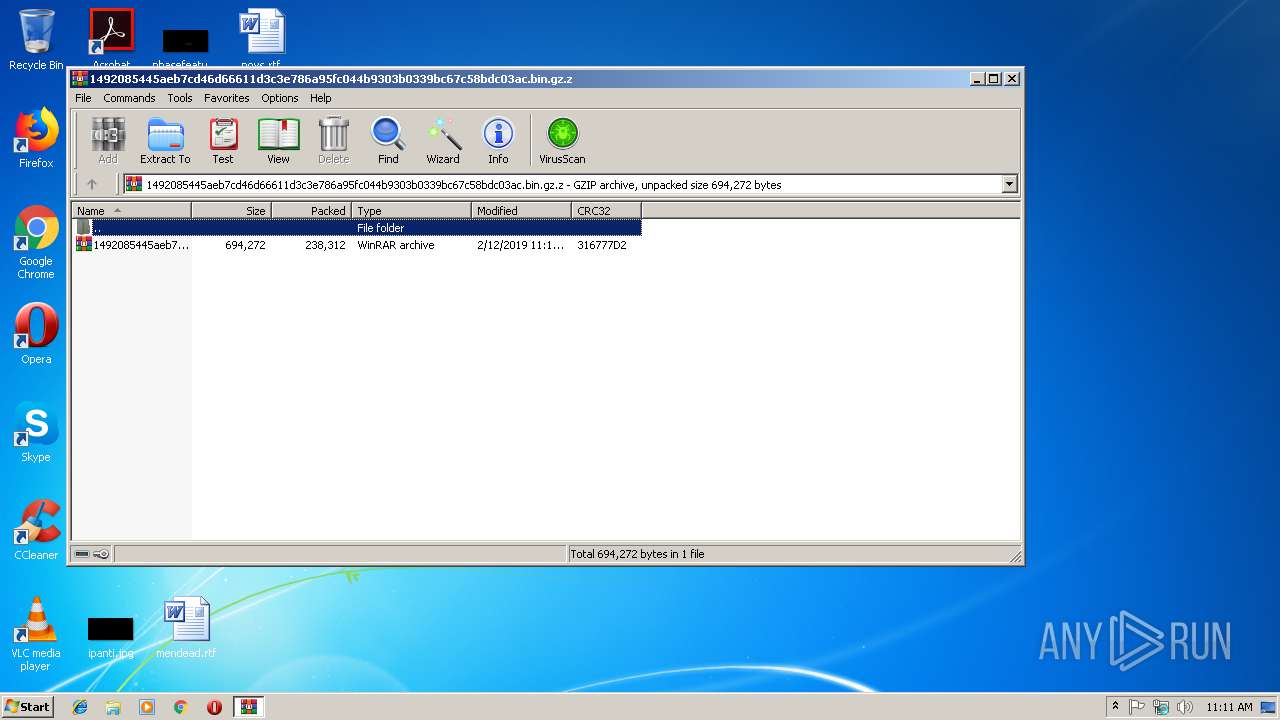
 1. For Windows XP, Vista and 7.
1. For Windows XP, Vista and 7.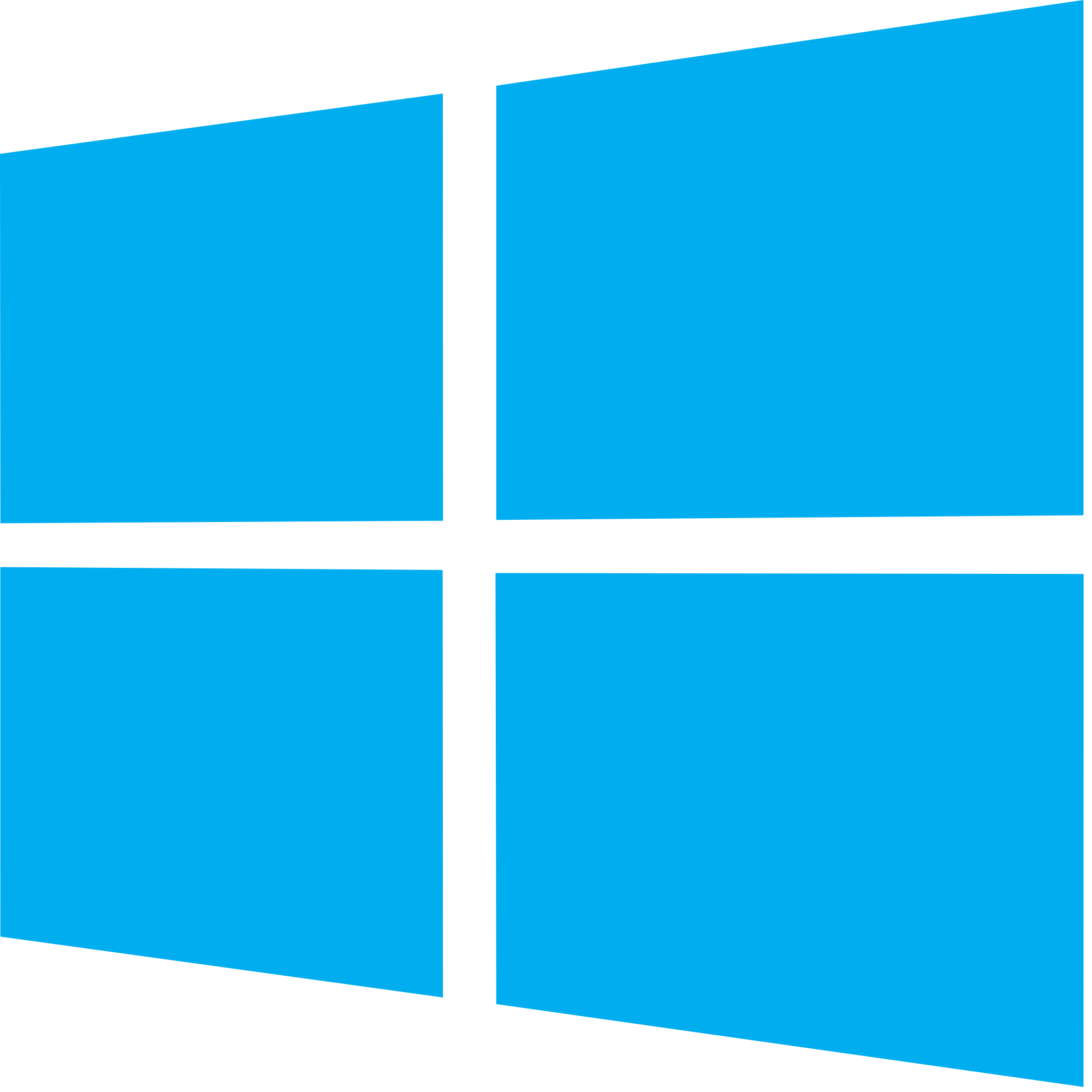 2. For Windows 8, 8.1 and 10.
2. For Windows 8, 8.1 and 10. Fix registry entries created by malware and PUPs on your PC.
Fix registry entries created by malware and PUPs on your PC.
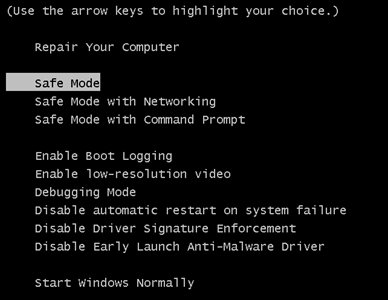
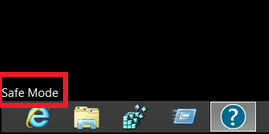
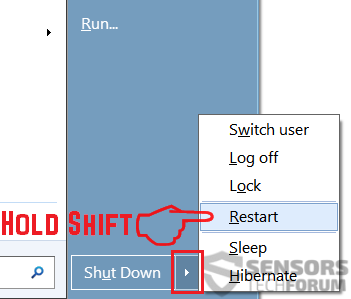
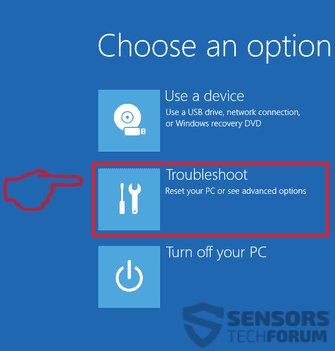
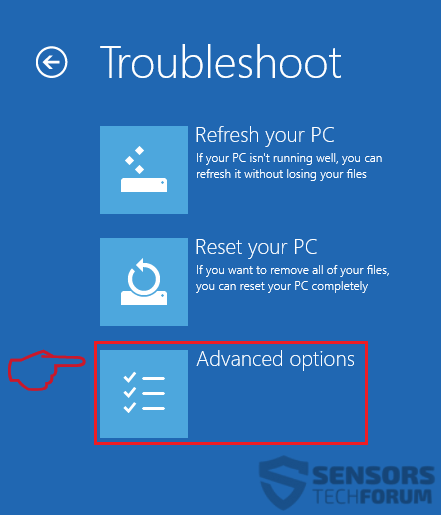
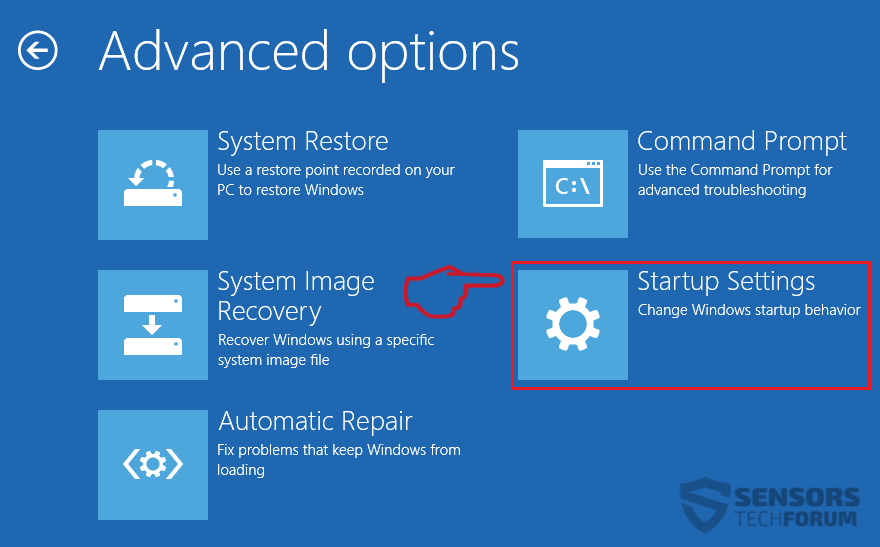
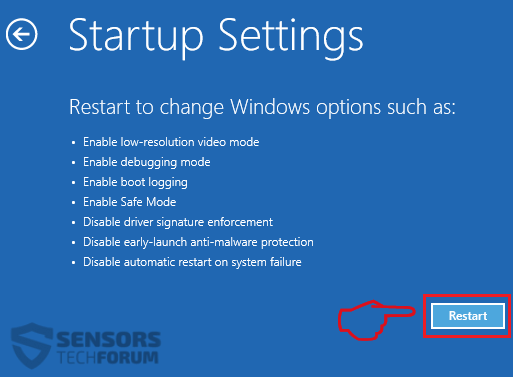
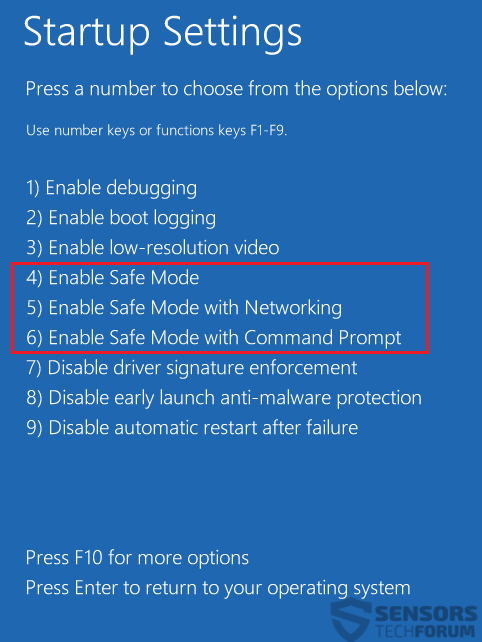
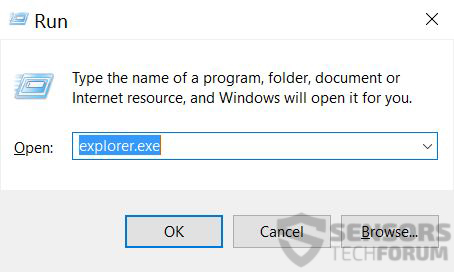
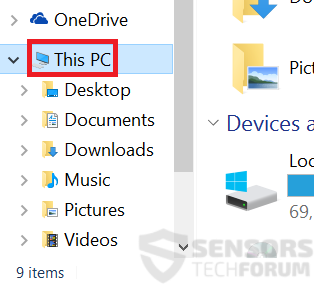
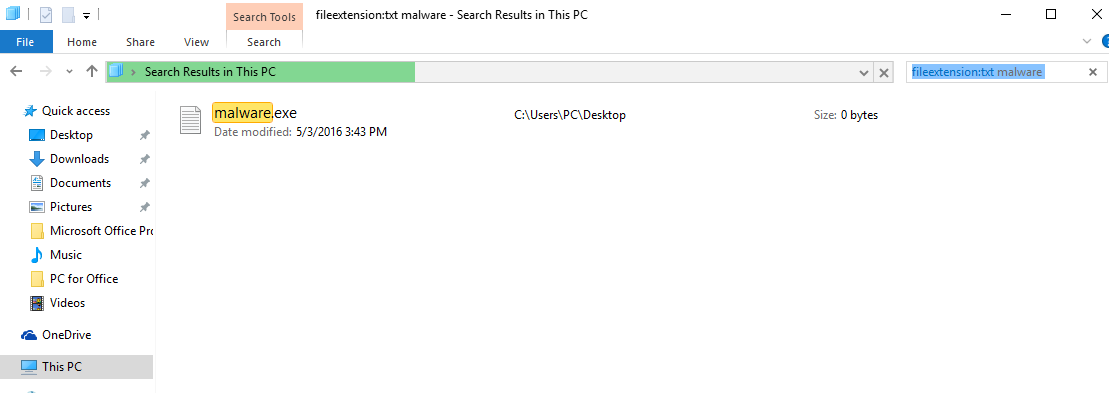
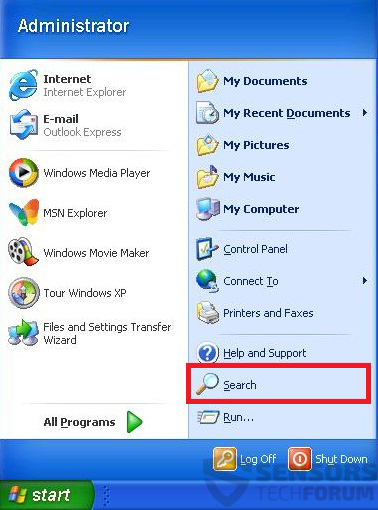
 1. Install SpyHunter to scan for Redaman Trojan and remove them.
1. Install SpyHunter to scan for Redaman Trojan and remove them.